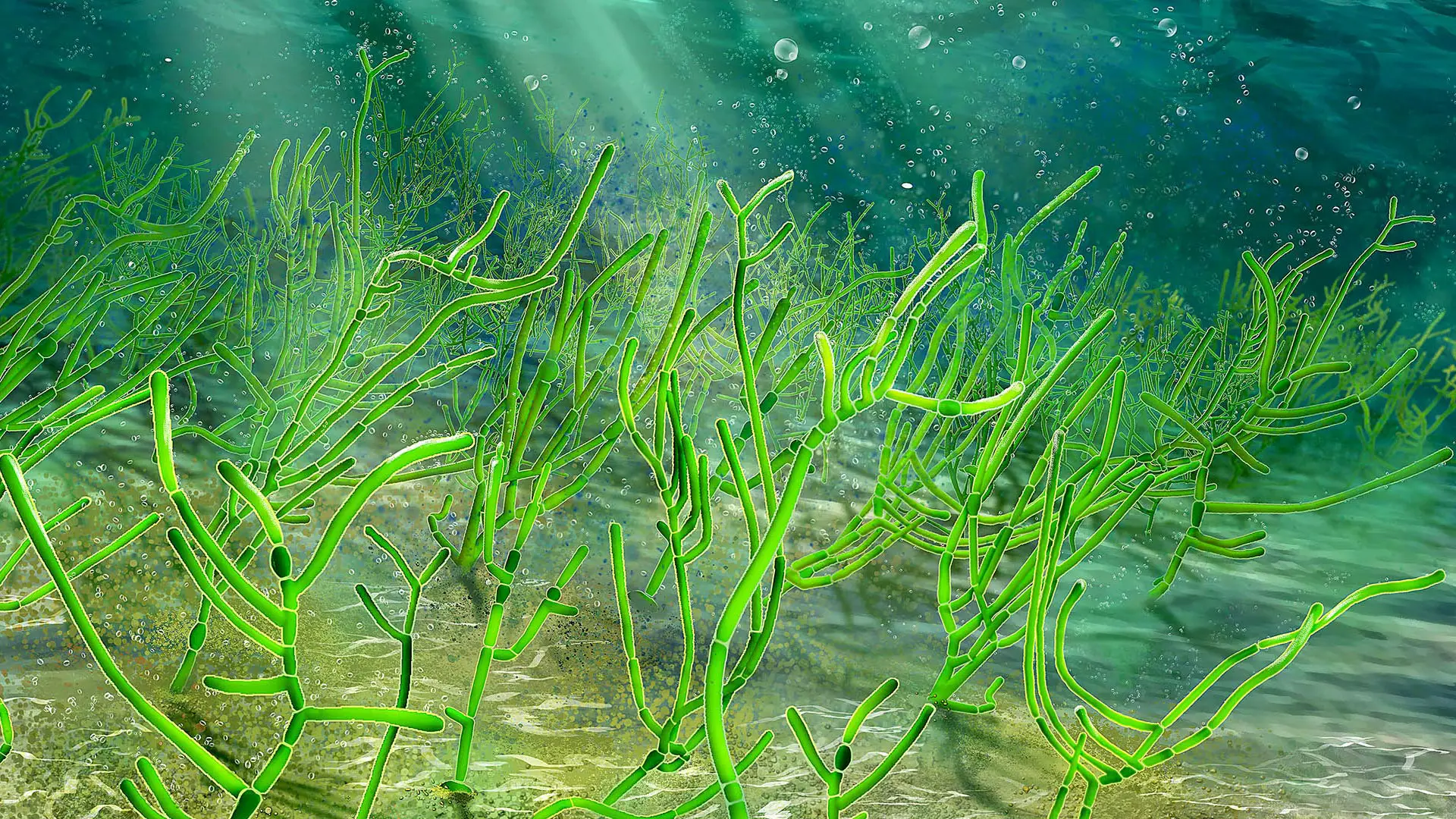Clusters of brown Sargassum seaweed reported to be infested by flesh-eating bacteria were recently found awash in Florida.
About Seaweeds:
- “Seaweed” is the common name for countless species of marine plants and algae that grow in the ocean as well as in rivers, lakes, and other water bodies.
- They range in colours from red, green, brown and black and also vary in size, from microscopic to large underwater forests.
- Seaweeds are generally anchored to the sea bottom or other solid structures by rootlike “holdfasts,” which perform the sole function of attachment and do not extract nutrients as do the roots of higher plants.
- Seaweeds often form dense growths on rocky shores or accumulations in shallow water.
- Many show a well-established zonation along the margins of the seas, where the depth of the water is 50 metres (about 165 feet) or less.
- Uses:
- A number of seaweed species are edible, and many are also of commercial importance to humans.
- Some are used as fertilizers or as sources of polysaccharides.
- The high amount of antioxidants present in seaweed protects the body from damages caused by free radicals and protect cells from their impact.
- Animal studies have found that substances found in seaweed help increase the production of a protein that metabolises fat effectively.
- Research suggests that consuming seaweed can help in managing diabetes by balancing the sugar levels in the blood.
- Many seaweeds contain anti-inflammatory and anti-microbial agents.
- They are effective binding agents (emulsifiers) in such commercial goods as toothpaste and fruit jelly, and popular softeners (emollients) in organic cosmetics and skin-care products.




